Bath Tiling: Exploring the Pros and Cons
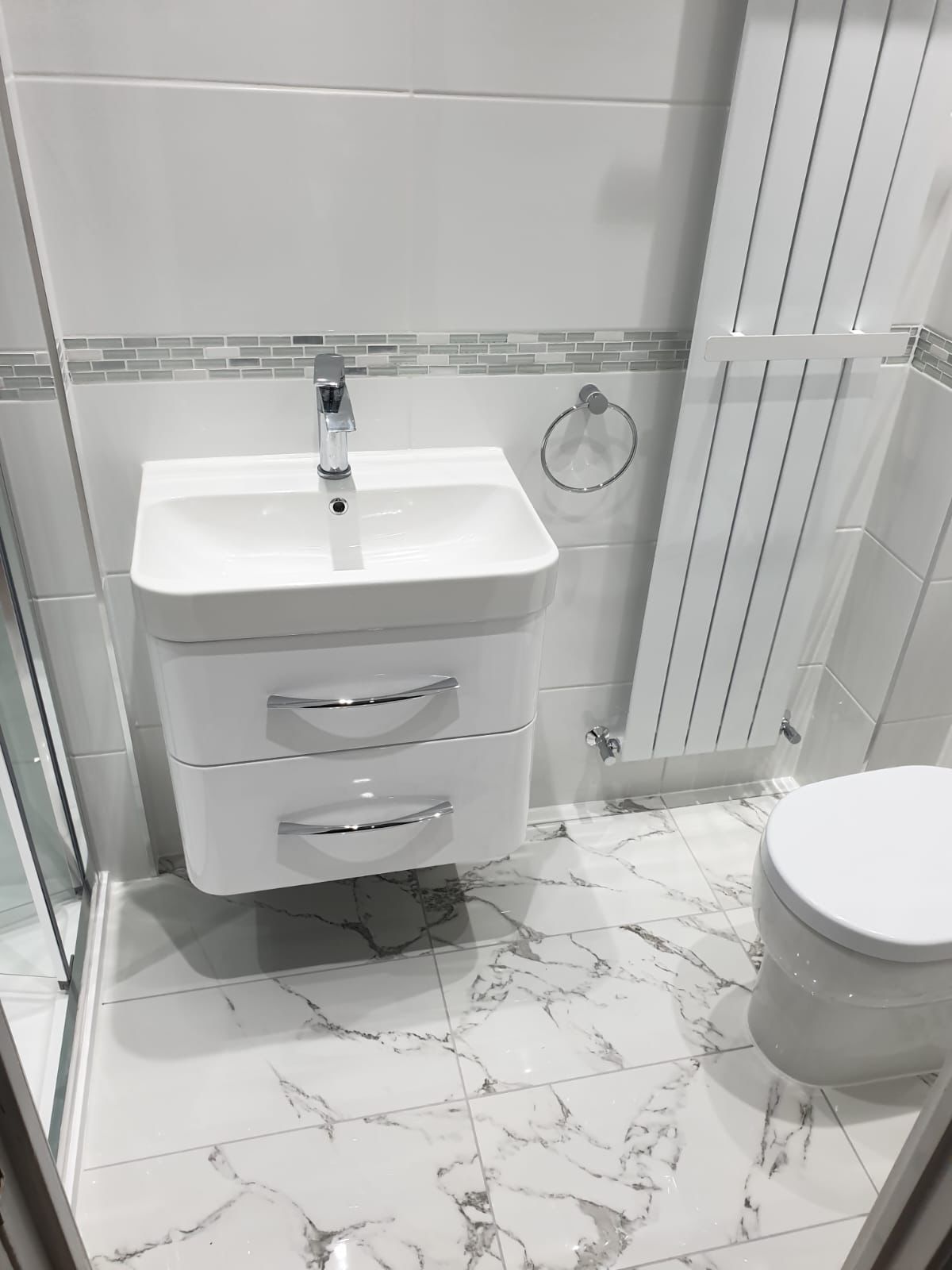
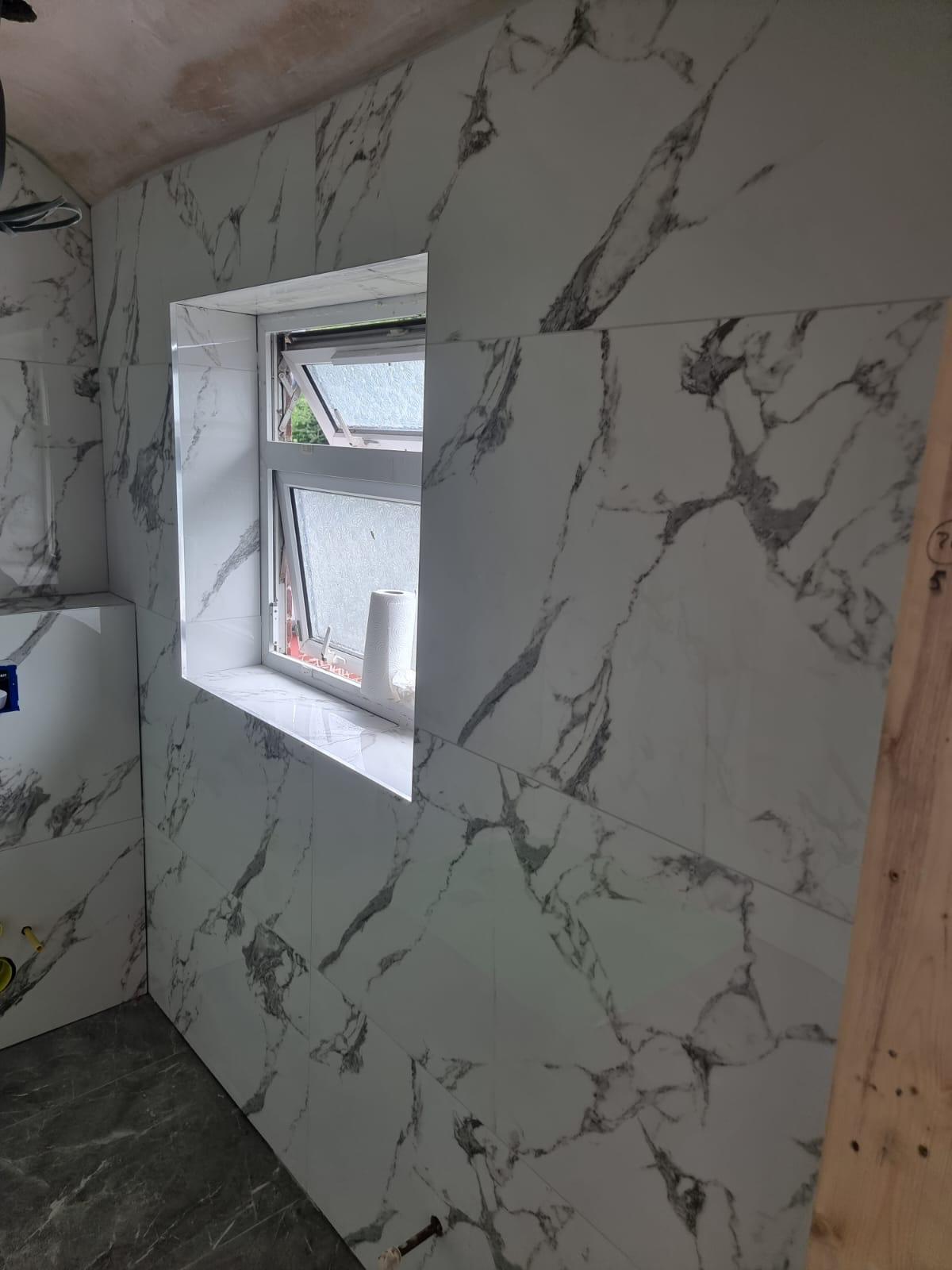
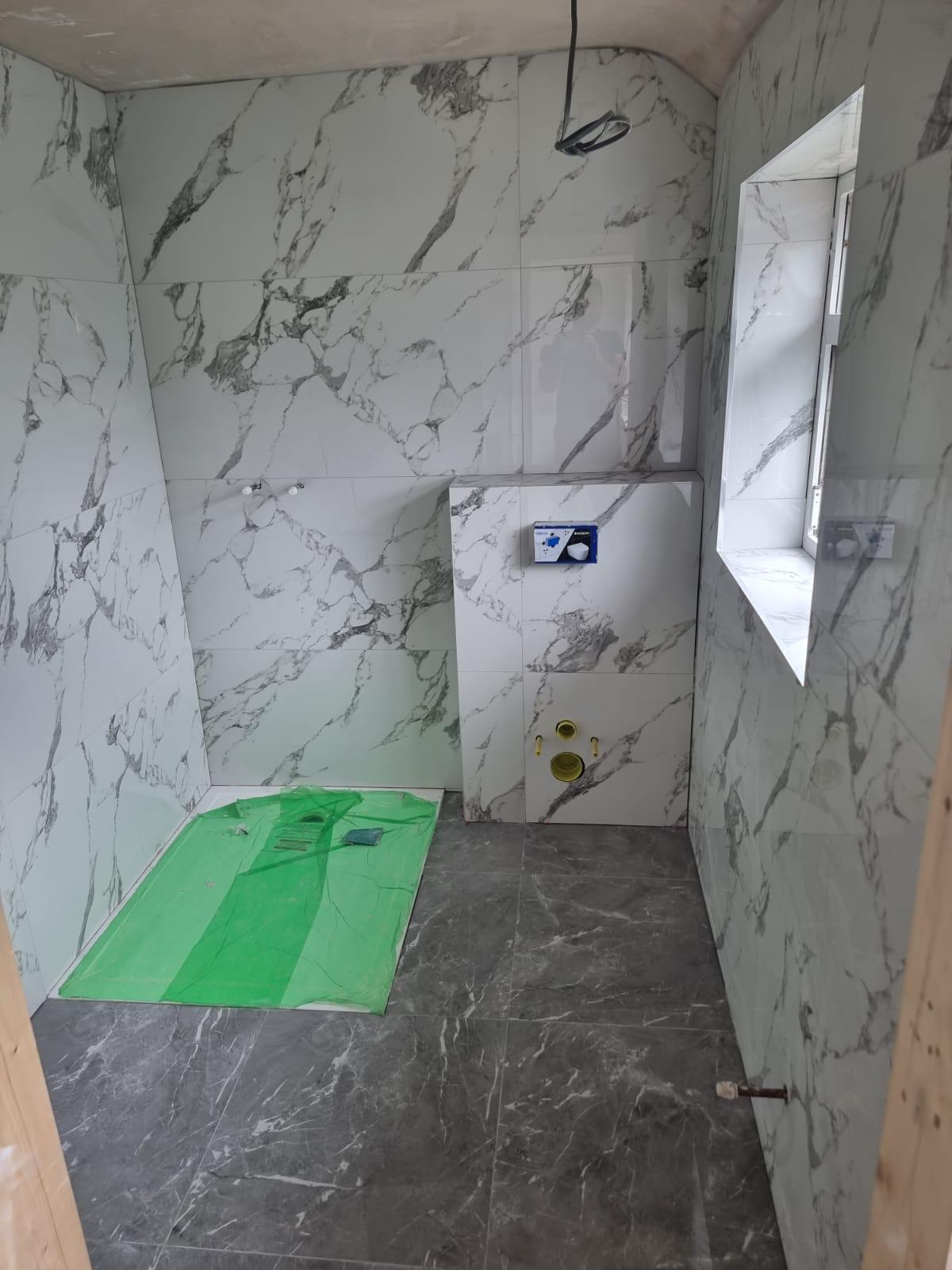
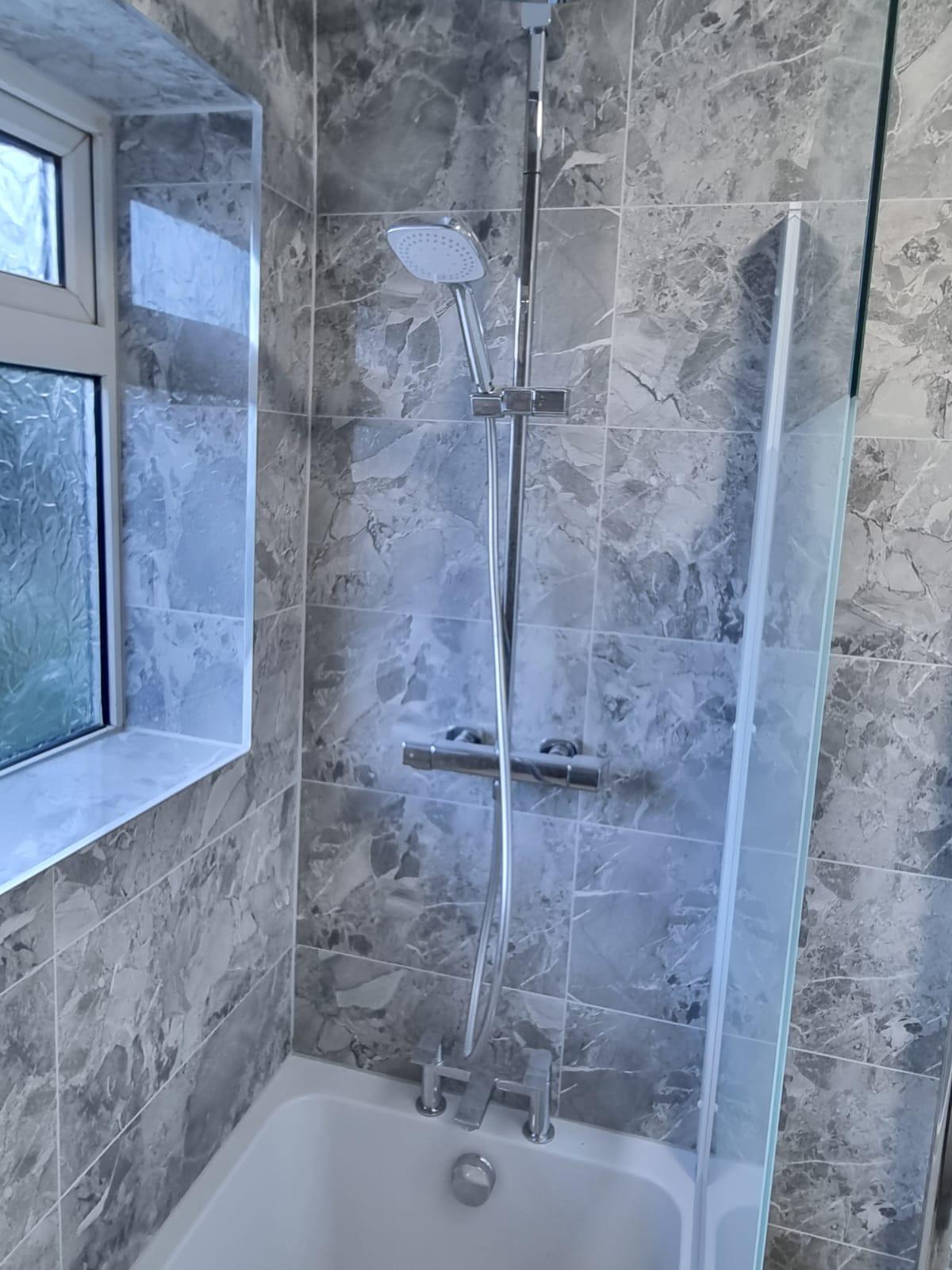
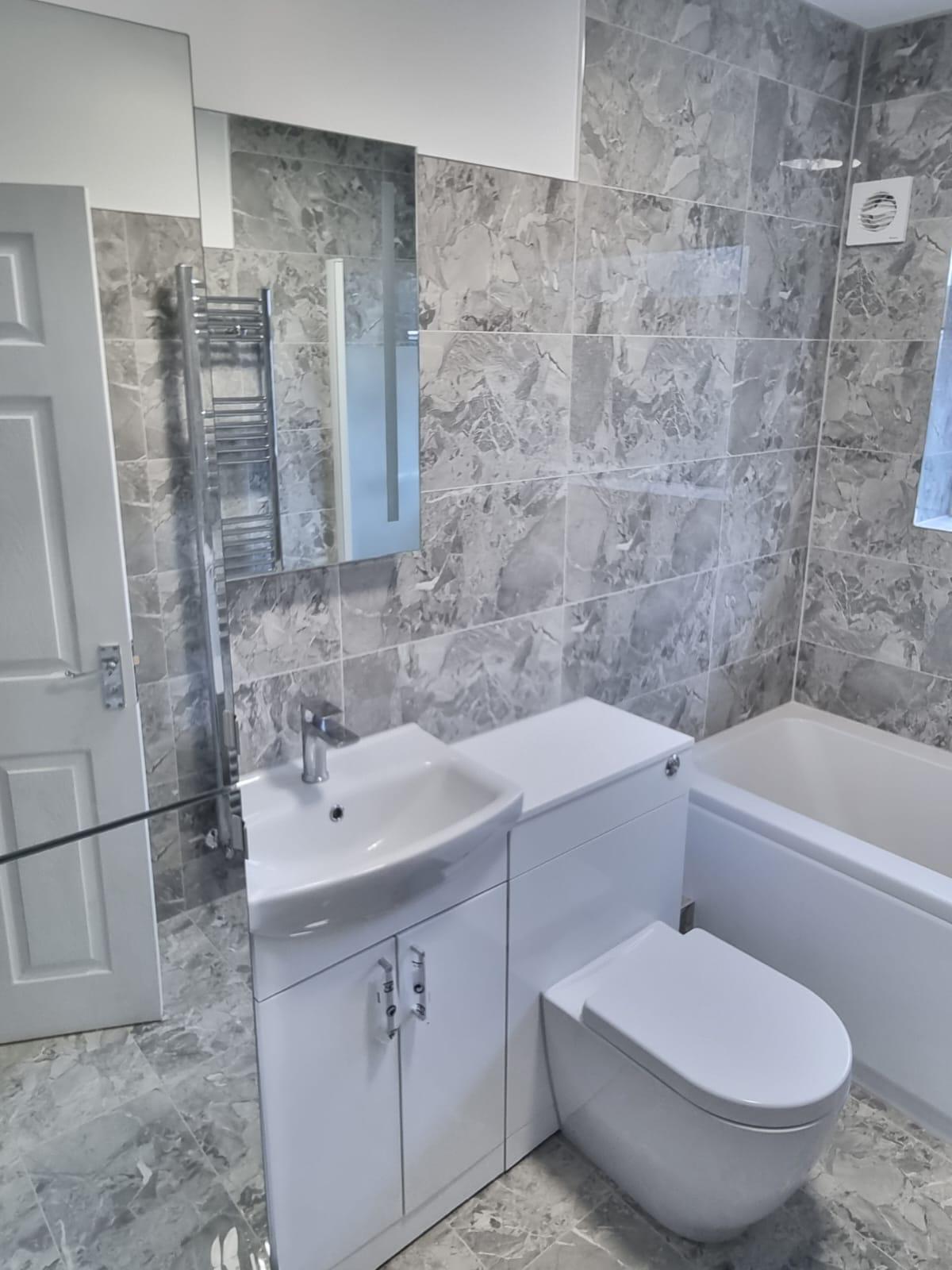
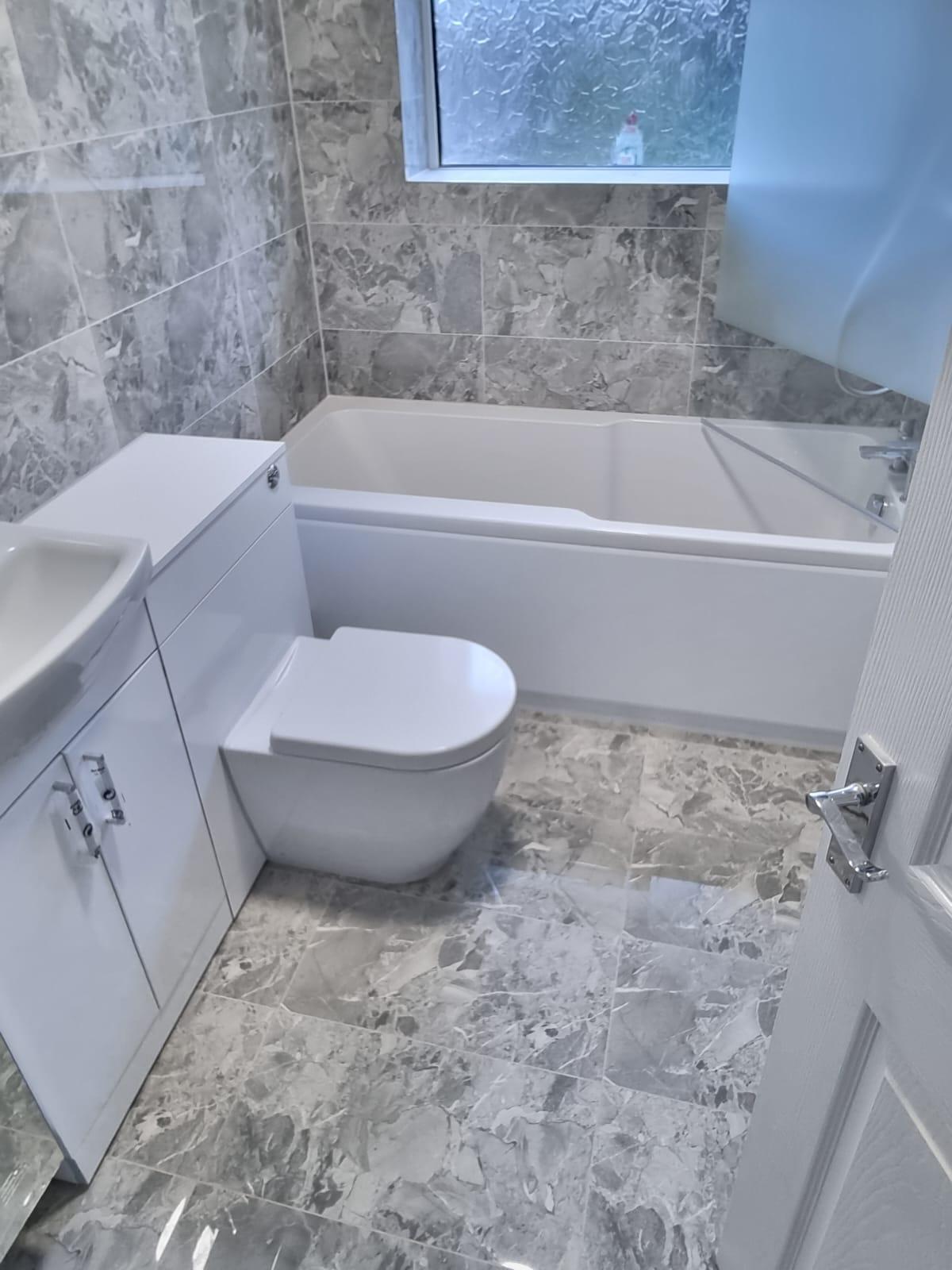
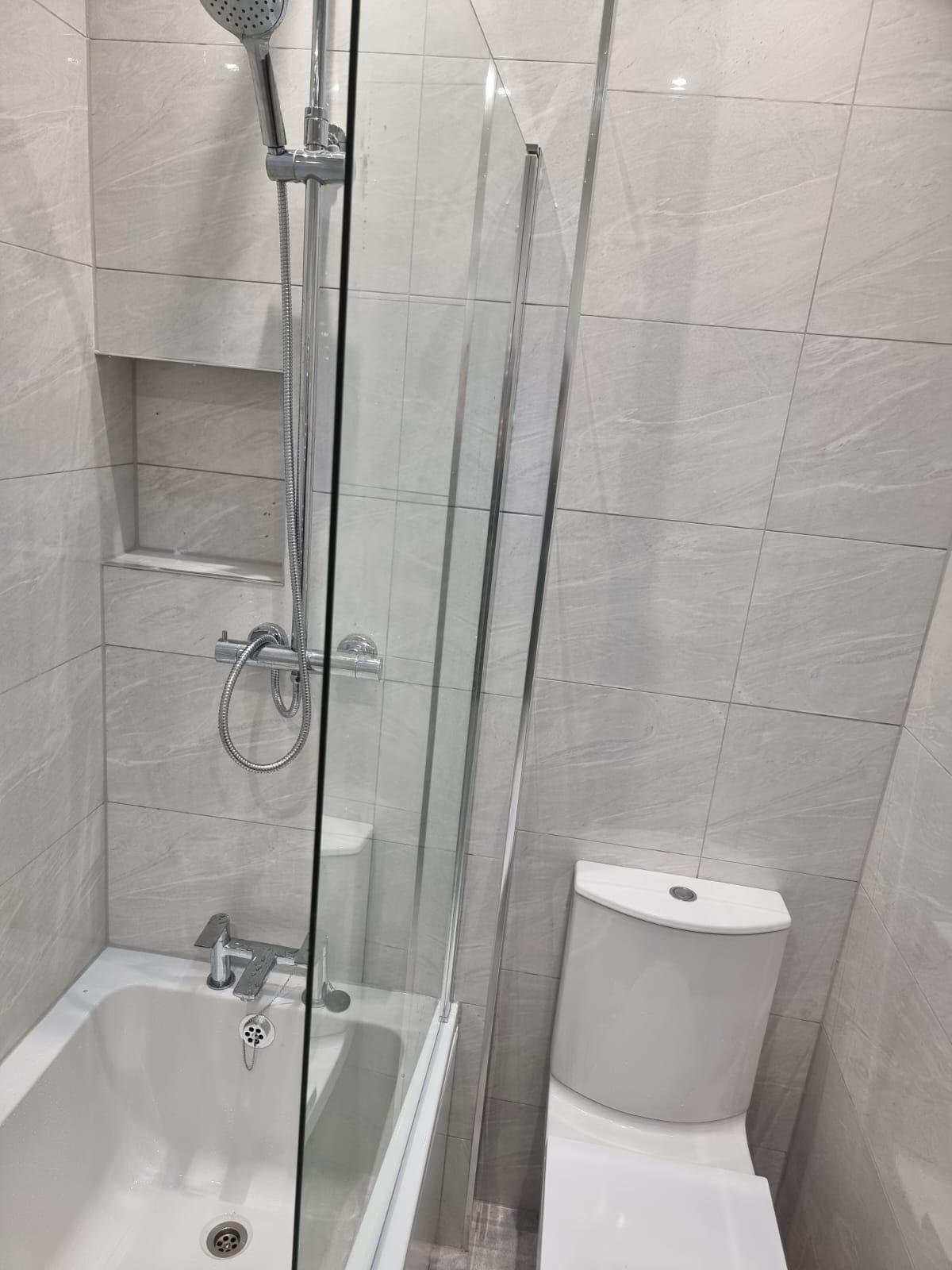
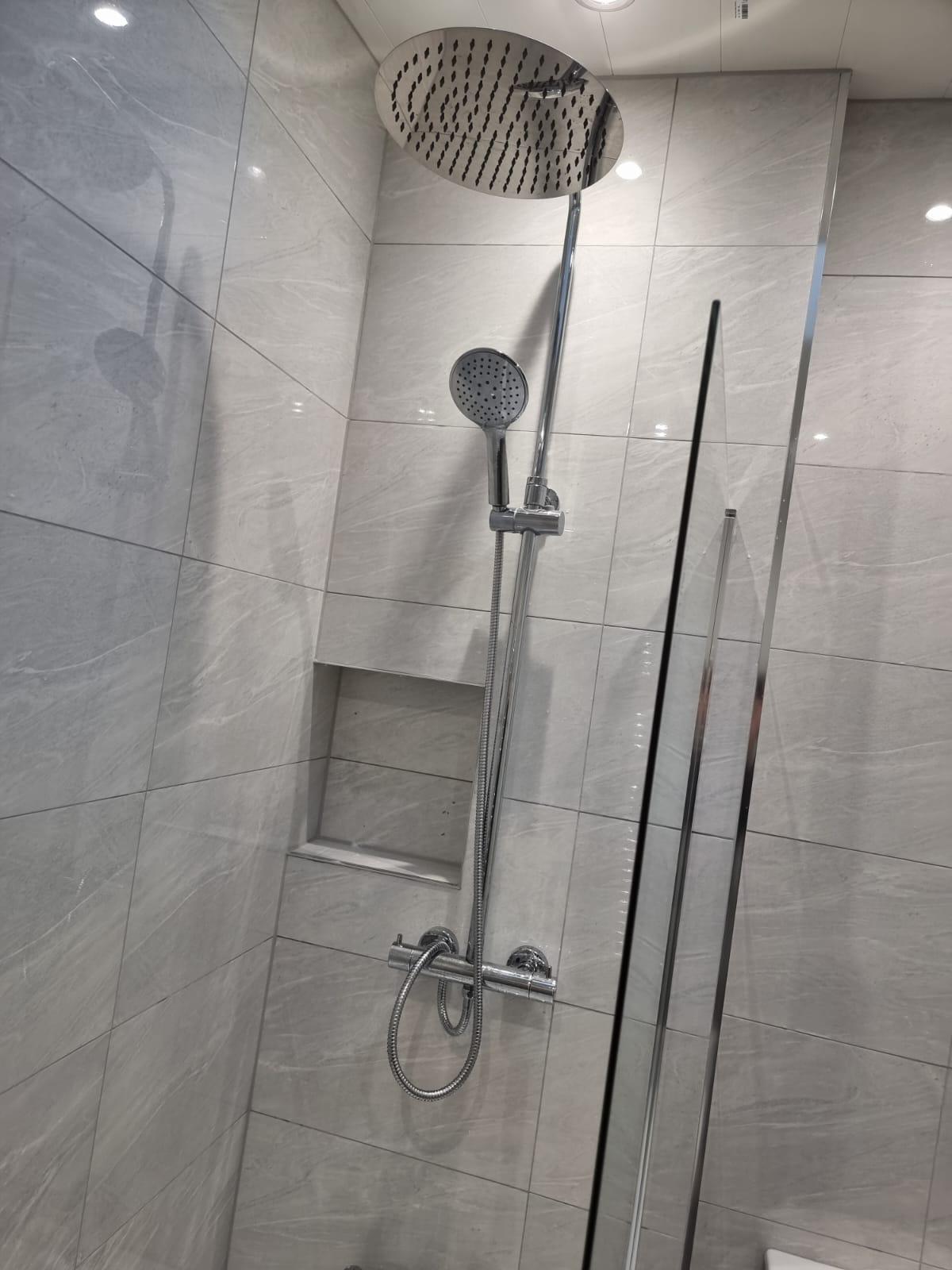
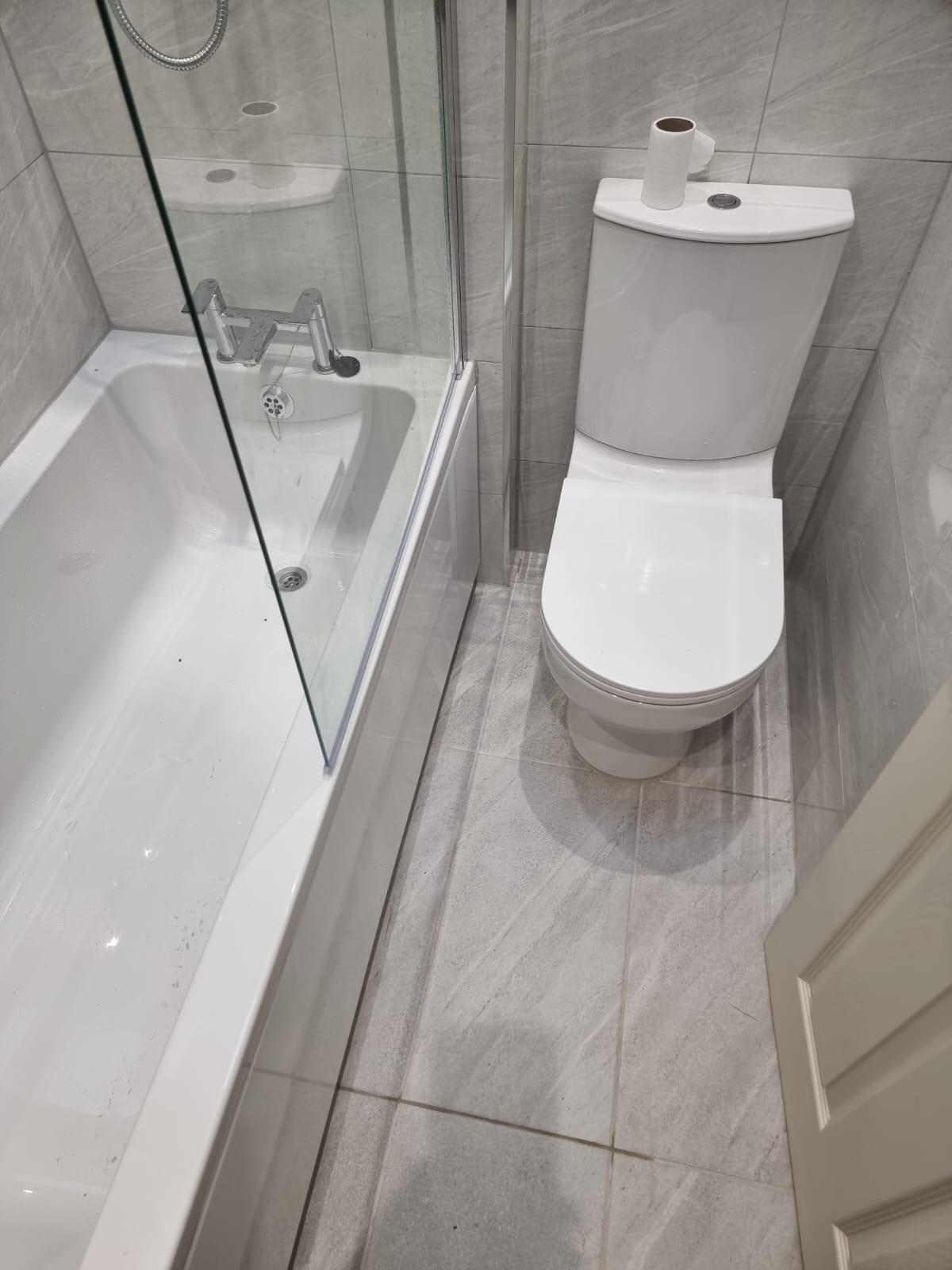
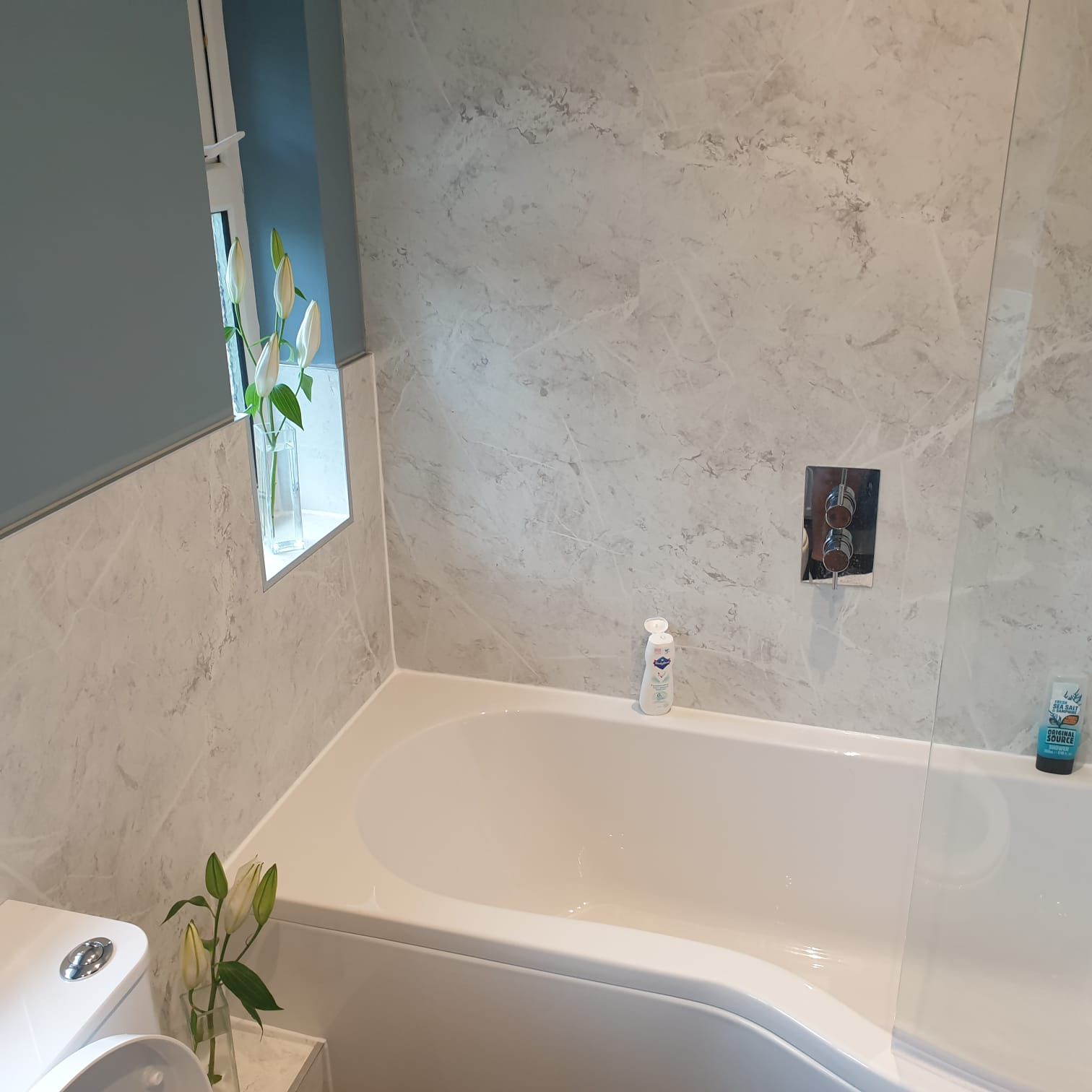
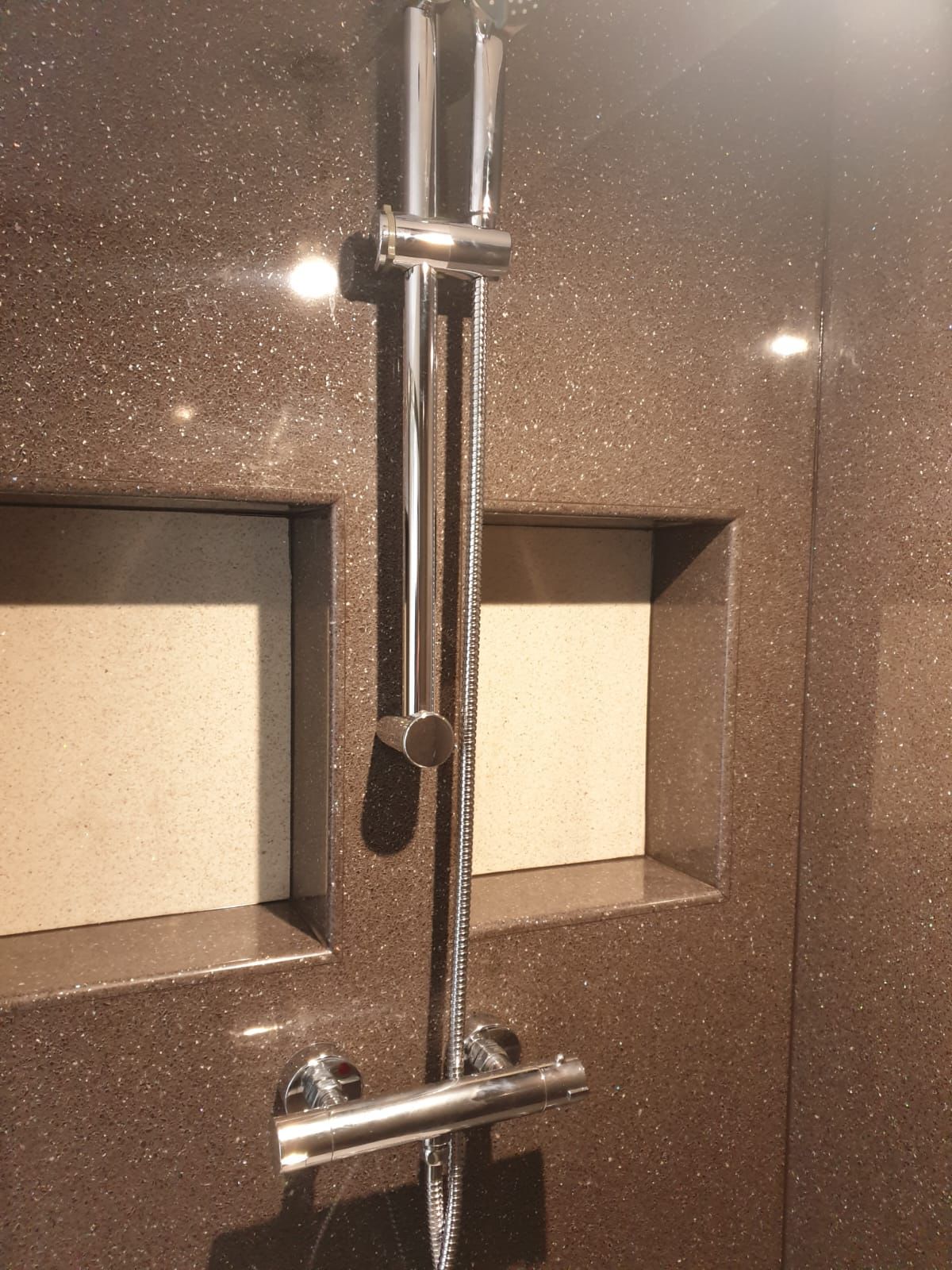
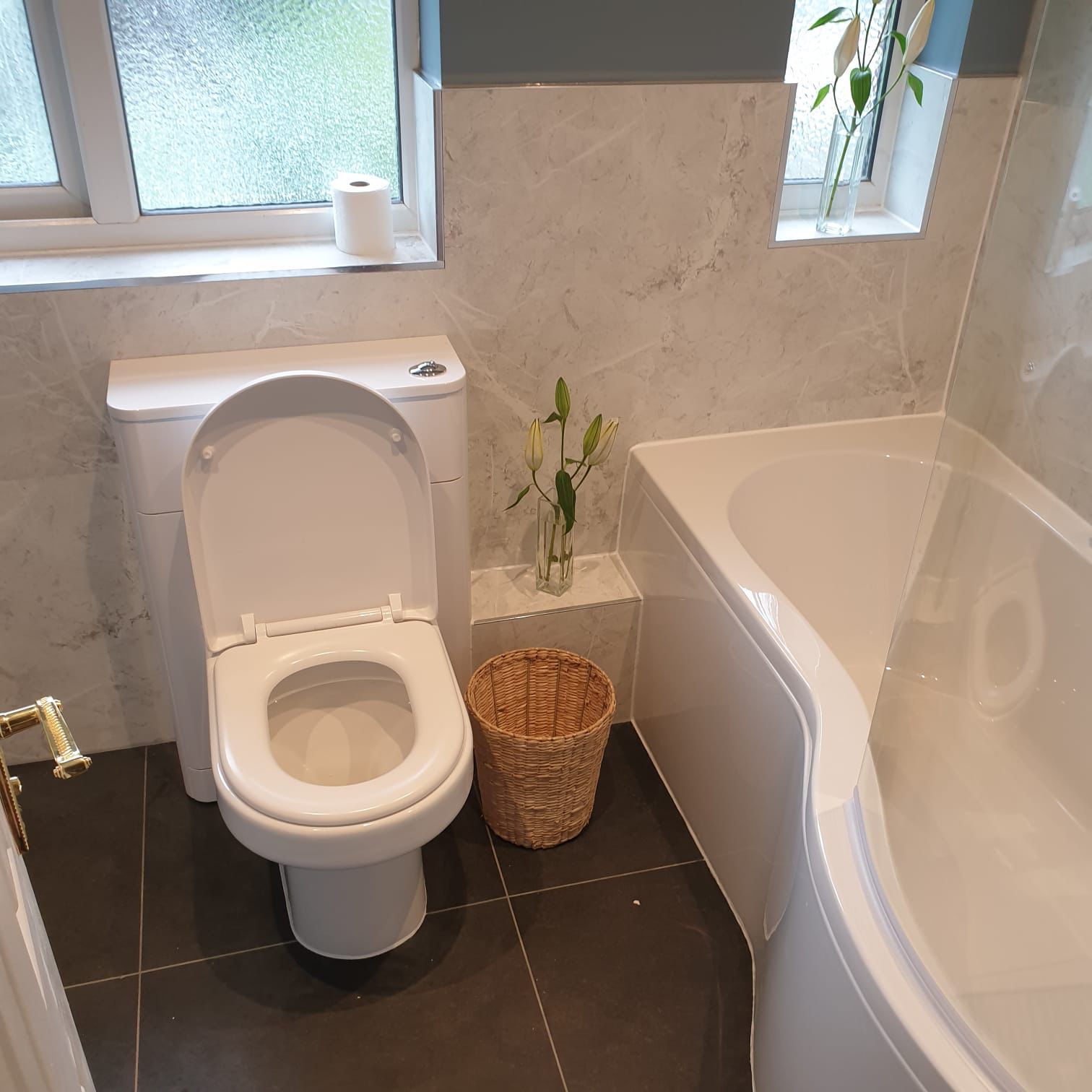
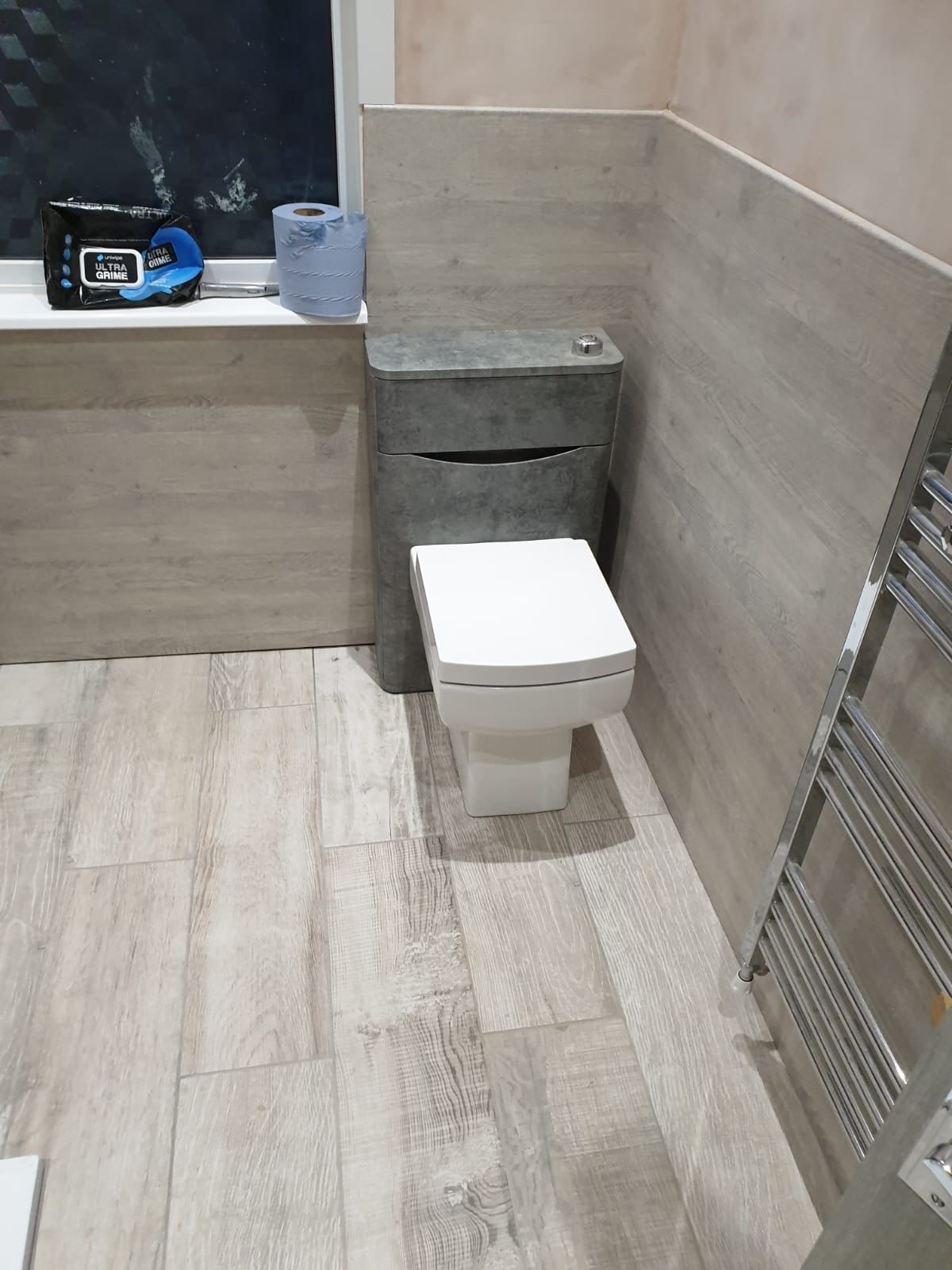
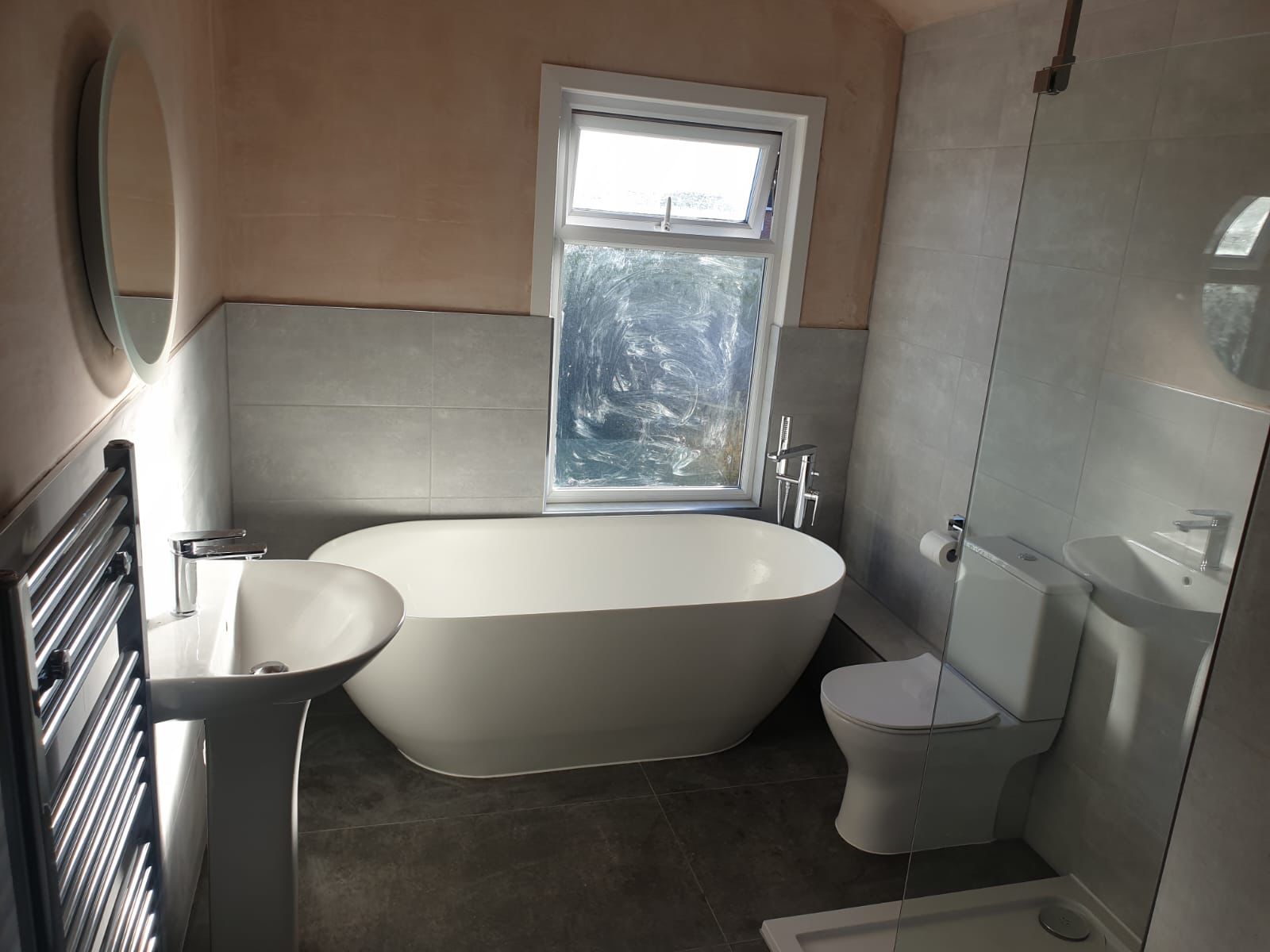
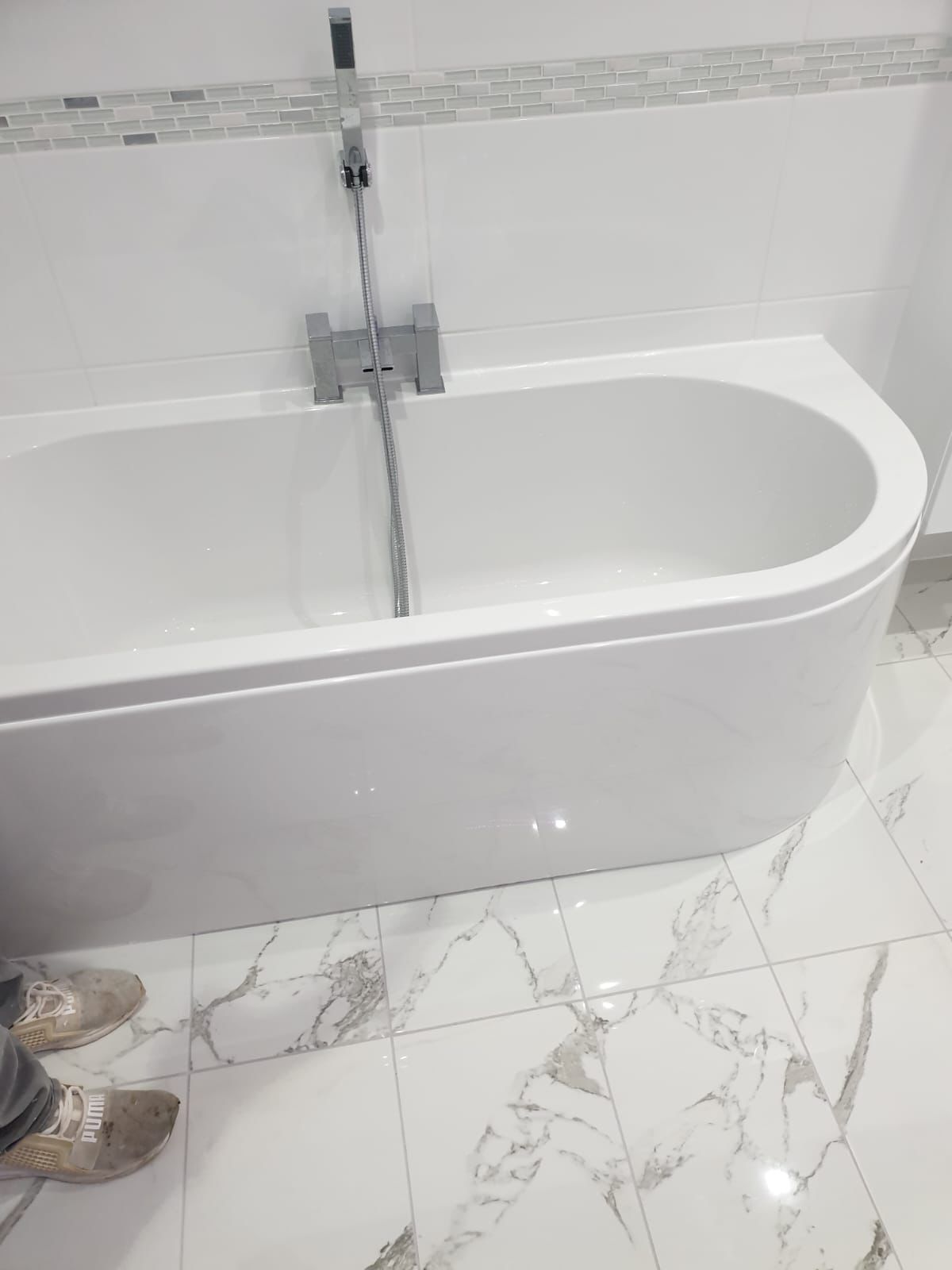
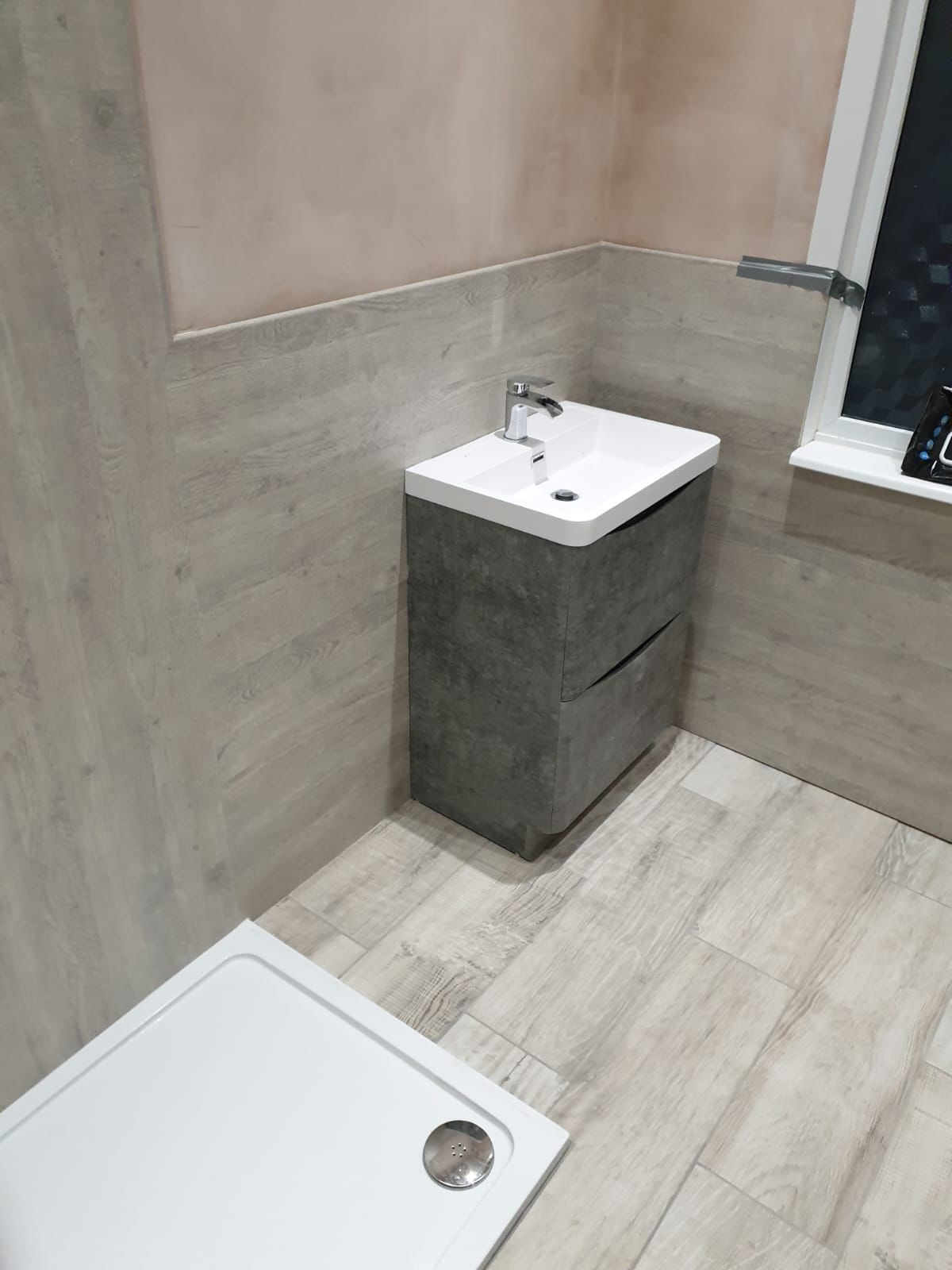
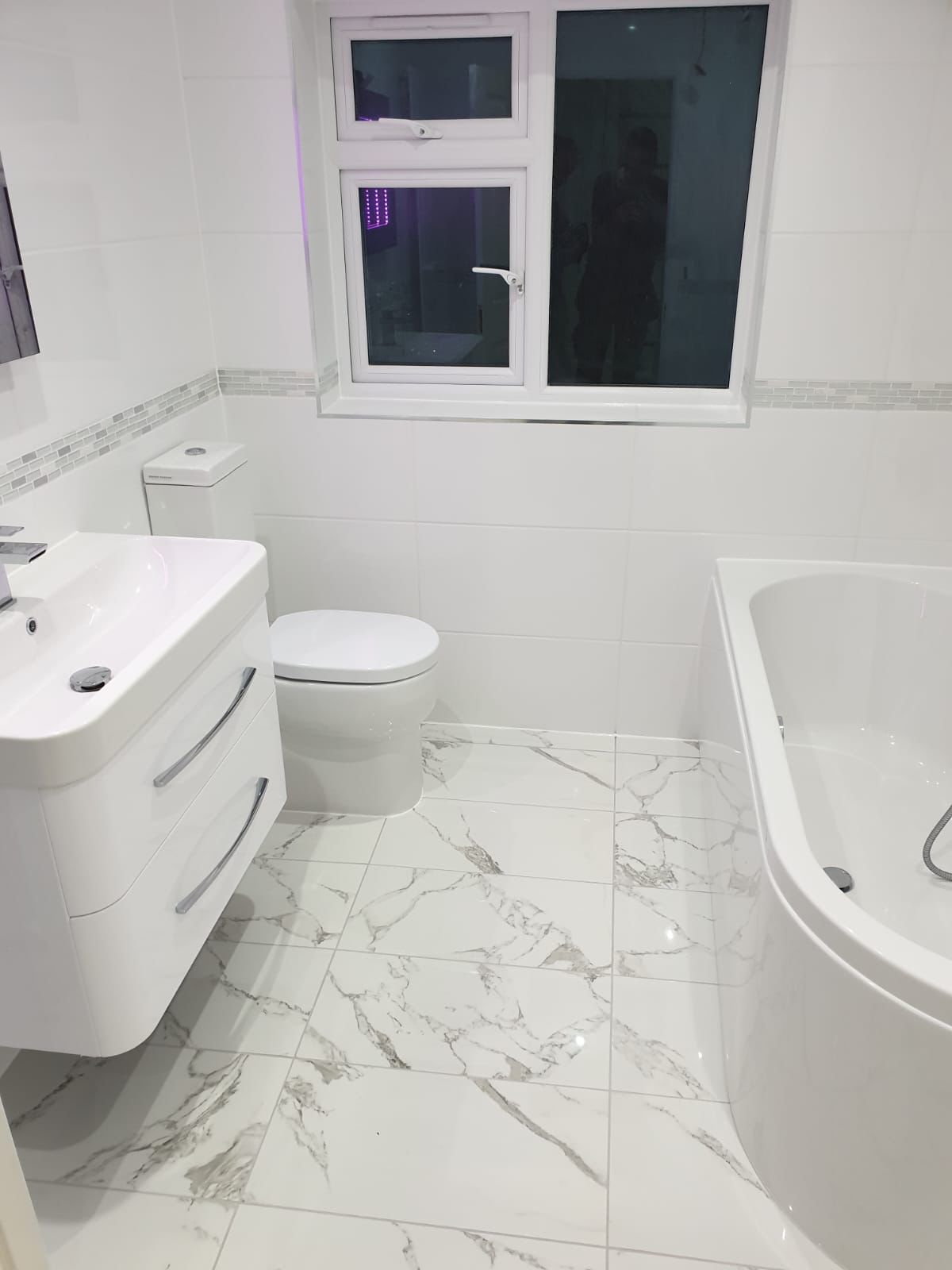
When it comes to creating a beautiful and functional bathroom, one of the key decisions to make is the choice of bath tiling. The tiles you choose can greatly impact the overall aesthetics and functionality of your bathroom space. In this blog post, we’ll delve into the pros and cons of bath tiling to help you make an informed decision that suits your preferences and needs.
Pros:
- Aesthetic Appeal: Bath tiling offers a plethora of design options, allowing you to create a bathroom that matches your style and vision. From classic ceramic tiles to sleek and modern glass tiles, the possibilities are endless.
- Durability: High-quality tiles are known for their durability and resistance to moisture, making them an excellent choice for bathroom environments. They can withstand daily wear and tear, ensuring your investment stands the test of time.
- Easy Maintenance: Tiles are easy to clean and maintain. A simple wipe-down with a mild cleaning solution is usually sufficient to keep them looking fresh and clean. Grout lines may require periodic resealing to prevent moisture infiltration.
- Water Resistance: Tiling provides an effective barrier against water, preventing moisture from seeping into walls and floors. This is especially important in bathrooms where dampness can lead to mold growth and structural damage.
- Variety of Materials: Bath tiles come in various materials such as ceramic, porcelain, glass, natural stone, and even metal. This diversity allows you to choose the material that best suits your aesthetic preferences and functional requirements.
Design Flexibility: With tiles, you can get creative with patterns, colors, and layouts. Create intricate mosaic designs or go for a minimalistic look with large-format tiles. The design possibilities are only limited by your imagination.
Cons:
Installation Complexity: Proper tile installation requires skill and precision. If not installed correctly, tiles can develop cracks, uneven surfaces, or grout issues. It’s often recommended to hire professional tile installers for best results.
Installation Complexity: Proper tile installation requires skill and precision. If not installed correctly, tiles can develop cracks, uneven surfaces, or grout issues. It’s often recommended to hire professional tile installers for best results.
Cold Surface: Tiles can feel cold underfoot, especially in colder climates. To mitigate this, consider using radiant floor heating or placing rugs or mats in strategic areas.
Grout Maintenance: While tiles are relatively low-maintenance, the grout lines between them can accumulate dirt, grime, and even mold over time. Regular cleaning and occasional resealing of grout are necessary to maintain their appearance and integrity.
Limited Insulation: Tiles provide little to no insulation, which means bathroom spaces can get chilly. This is particularly relevant in colder regions where additional heating solutions might be necessary.
Hardness: The hardness of tiles can be uncomfortable for extended periods of standing, especially for children or individuals with joint issues. Placing anti-fatigue mats in high-traffic areas can help alleviate this concern.
In conclusion, bath tiling offers a blend of aesthetic appeal, durability, and easy maintenance that can enhance the overall functionality and appearance of your bathroom. However, the installation process, initial cost, and maintenance considerations should also be taken into account when making your decision. Ultimately, by carefully weighing the pros and cons, you can create a bathroom space that is not only visually stunning but also practical and comfortable for years to come
